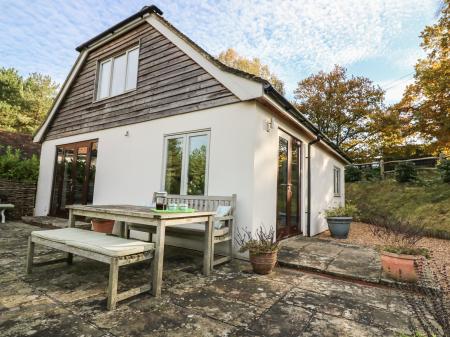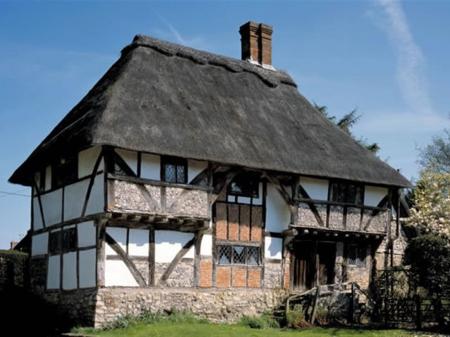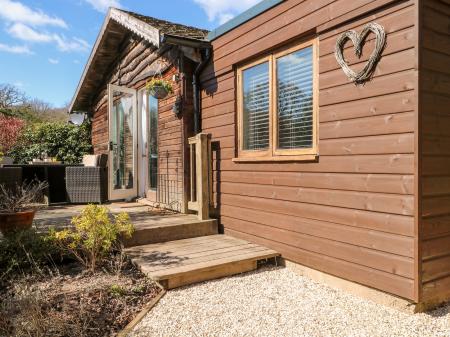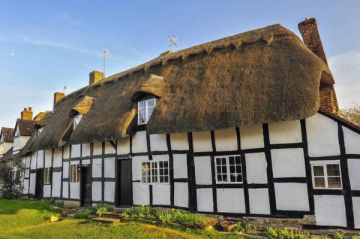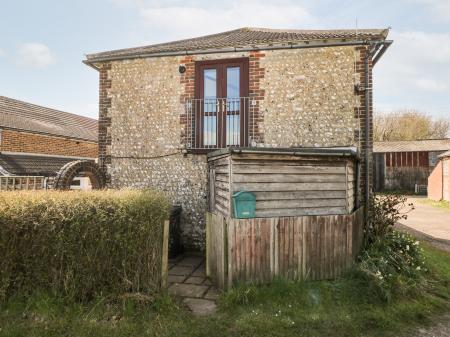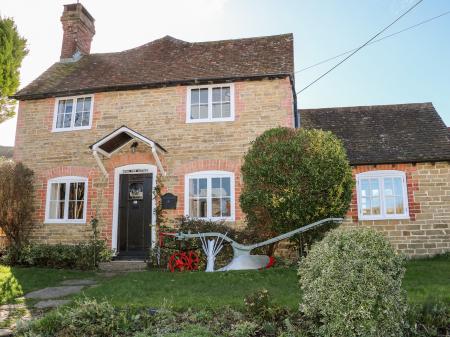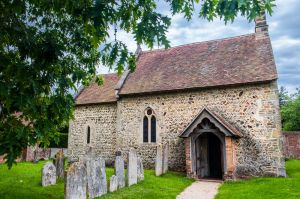
The highlight of Selham church is the intricately carved chancel arch; a wonderful example of Saxon architecture. The capitals on both sides of the arch are carved with fascinating details in a mix of geometric design and strange beasts. The north capital is intriguing; it was possibly plain when built, but shortly after the Norman Conquest it was carved in a mix of Norman and Saxon styles.
The lower section shows Scandinavian style serpent creatures eating their own tails. The upper section shows a ferocious beast. The south capital shows more obvious Saxon style, with a three-pronged tool, common in the 10th century.
The font probably dates to shortly after the Conquest and is a simple tub-shaped favoured by the Normans. One of the carvings shows a five-pronged tool, which came into use in the Norman period, as opposed to the three-pronged Saxon tool illustrated on the chancel capital.
The south aisle is Early English in style (1190-1245), with a squint - an opening to allow those seated in the aisle to have a better view of the high altar.
Our verdict: a delightful church with fascinating Saxon and early Norman details.








 We've 'tagged' this attraction information to help you find related historic attractions and learn more about major time periods mentioned.
We've 'tagged' this attraction information to help you find related historic attractions and learn more about major time periods mentioned.